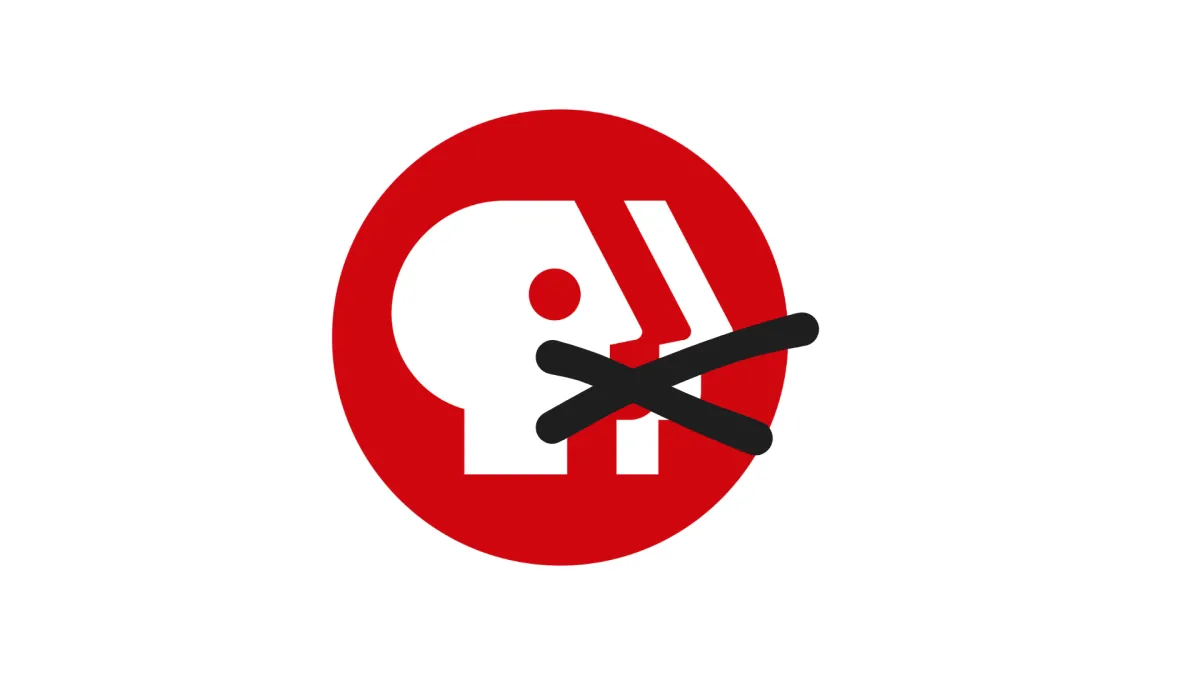
“The Racism Was So Thick, You Could Cut It With a Pair of Scissors”: Alanis Obomsawin on Her Life Works and Purpose
By Dan Schindel

Alanis Obomsawin (L) while filming Christmas at Moose Factory (1971). Courtesy of the National Film Board of Canada and Obomsawin
Alanis Obomsawin is one of the most important artists in the history of Canadian cinema, a major influence both on the country’s mode of documentary filmmaking and on the way its film business incorporates the voices of people from the First Nations. Her most well-known feature, 1993’s Kanehsatake: 270 Years of Resistance, was shot on the front lines of the 1990 Mohawk Crisis, a 78-day standoff between Canadian police and armed forces with activists who wanted to prevent a golf course from expanding onto a Native burial ground. As the title suggests, Obomsawin ties this one incident to the longer history of genocide, cultural erasure, and broken treaties faced by Native people in North America.
Over more than 50 years, the Abenaki writer/producer/director has made more than 60 other shorts and features. And she came to filmmaking relatively later in life, nearly 40, after she was already well-established as a singer/songwriter, cultural ambassador, artist, and activist. Like Kanehsatake, many of her pictures examine a specific event and its broader implications for Canadian/Native relations. Incident at Restigouche (1984) presages the tensions that later film captured, documenting how the unequal regulation of commercial interests and Mi'kmaq fishers culminated in police raids on the Listuguj First Nation Reserve. Of particular note is a riveting interview Obomsawin conducts with Quebec’s Minister of Fisheries Lucien Lessard, who had outright told a Listuguj chief: “You cannot ask for sovereignty because to have sovereignty one must have one's own culture, language, and land."
In other films, Obomsawin centers specific cultural practices. Mother of Many Children (1977) explores the roles of women in various Native traditions, particularly contrasting them with white-imposed patriarchal structures. Amisk (also 1977), which documents a fundraising concert for the James Bay Cree, is a showcase of various indigenous musicians and poets, including Duke Redbird and Obomsawin herself. Other works highlight pressing social issues. Richard Cardinal: Cry from a Diary of a Métis Child (1986) scrutinizes the abuse Native children often suffer in foster care through the case of the namesake boy, who died by suicide because of such abuse.
In 2022, Richard Hill and Hila Peleg curated the exhibition Alanis Obomsawin: The Children Have to Hear Another Story for Berlin’s Haus der Kulturen der Welt. A full retrospective of Obomsawin’s life and work, it comprises installation projections of her films along with accompanying materials about their making, as well as her artwork and other personal effects. Over the years, the exhibition has traveled to the Vancouver Art Gallery, the Art Museum of the University of Toronto, and other institutions. The exhibition is a testament not just to Obomsawin’s personal life and art but also to the sheer amount of labor that goes into documentary fundraising. A recurring motif is a lineup of pitching documents and grant requests from Obomsawin to various arts organizations—usually Canada’s National Film Board. The archival materials highlight in other ways how often Obomsawin has had to fight for creative control; the NFB attempted to prohibit her from interviewing any non-Native subjects for Incident at Restigouche, so she sought out Lessard on her own.
Not long after The Children Have to Hear Another Story arrived at MoMA PS1 in New York City, we spoke with Obomsawin about the exhibition, her films, and her practices of listening and storytelling. This conversation has been edited and condensed for time and clarity.
DOCUMENTARY: The name of the exhibition is “The Children Have to Hear Another Story.” There’s a lot of focus on both parts of that title throughout your work—children and storytelling, especially stories that stand in opposition to mainstream narratives.
ALANIS OBOMSAWIN: When I first went to school, it was a very different time. The racism was so thick, you could cut it with a pair of scissors. It was the worst part of my life, very violent. After so many years, I figured out why the children hated me so much: Every time the teacher took out a book on the history of Canada, I was sure I was going to get beat up that day. They were teaching children to hate. On top of that, it was written by the Church. And when I understood that, I said to myself, "If those children heard another story like some of the stories I hear, they wouldn’t hate me like that."
As I grew older, I started with scout organizations, traveling to talk with them about language and everything that concerns us. And eventually I started being invited into classrooms. Being there, being able to tell different stories to the children, I thought that was paradise. I did hundreds of schools—in Canada mainly, some in the States, some in Europe. It wasn’t just me; many of our people were disgusted with the way we were treated.
I’m thankful to still be alive now. I’m 92 years old, and I see the changes in how respected our children are and how they can become anything. Everything is possible now. It’s such a gift to be able to see this. And I’m very happy about Canada; I often feel that it’s at the front. With all the institutions that exist here, there’s a space for our people. You don’t see that in most countries, including the States. There are no places like the NFB, the CBC, or Telefilm. I don’t think I could have said this even 10 years ago.
D: When you started working with the CBC, what guided the way you made your films? Were there any films and filmmakers that helped there?
AO: I knew nothing about filmmaking or cinema. I didn’t watch many films. This was not part of what I was given to learn. My filmmaking career happened because Ron Kelly made a documentary for the CBC program Telescope about a campaign I was a part of to build a swimming pool in our community in Odanak. Our children were not welcome at the pool in the community next door. They said, “No savages here.” So I told the children, “Ah, don’t worry. We’ll get our own pool.”
To tell you the truth, I thought it would be easy because I was quite well-known as a singer then. But it turned out to be very difficult. But we finally got the pool built in 1965, and it was wonderful for our children.
It was because of Ron Kelly’s documentary that the film board invited me to talk to directors and producers, like I do with children. This was in 1967, and I never left. They gave me a contract to advise them, and eventually, I started my own projects. First, since it was for children’s education, I made film strips, and later I worked with 16mm films.
A couple of years ago, people from the next-door place that didn’t allow our children, they came to Odanak to ask the council if their children could come to Odanak to swim because they don’t have a pool anymore. Of course, it was yes. Last year, when I turned 92, there was a celebration for me in Odanak, and they held it near the pool. I tell you, it was the best day of my life. The pool looked like it had just been built. They took care of it all these years.
D: There’s always been an emphasis on children in your work. Your very first short film, Christmas at Moose Factory, is about schoolchildren. How did that manifest?
AO: I told the CBC I wanted to hear our own people tell their stories, and they gave me a small budget to do a film with children. I picked a difficult location, a place far away and expensive to travel to, so there wasn’t much in the budget for much else. It was a residential school, and I very much wanted to be with the children. During the day, I would go to the classroom and tell stories to the children and sing for them. And every night, I’d go to the dorms where the smallest children were and do the same. So they knew me very well, as if I were a relation. Then I told the children, “You know, I’ve been telling you all my stories. Now, it’s your turn to tell me your stories.” And this is why the children are so at ease in that film, because we knew each other so well.
D: That emphasis on testimony is obvious in your work. You often let people speak at length, without cutting away from them, which was and still is unusual in documentary.
AO: It’s not complicated at all. The key is to be able to listen. It’s not my film; it’s a film about a person or a community, and they need the space to tell it like it is, what they feel. I’m the person who can make this happen. As a director, a producer, a writer, this is where I can be helpful to them.
D: Some of your films revisit the same topic from other perspectives. Kanehsatake is well-known, but you made other films about that standoff as well, such as My Name Is Kahentiiosta and Rocks at Whiskey Trench.
AO: The reason I made these films was to hear. There was so much happening in the space of 78 days. I wanted the many people involved to be known, to be historically documented. I’m happy that I made these films for this reason. Nobody can touch them. Nobody can change them. A lot of young people here in Canada, when they learn about this at the university level, they can’t imagine that it happened.
D: I see a lot of parallels in these films with how modern-day protests are treated by authorities. Do you think much about how things change, or don’t change, over time?
AO: I think there are a lot of changes in all of these stories, and I think it’s for the better. I’m not saying that everything is perfect, but there’s a lot of good stuff. The people who have the power to make changes, it’s very important that they see these documentaries. Laws concerning our people have been changed thanks to different films. This is what I feel so great about. I want our people to know that and not be afraid.
D: When you’ve mentored young people, what kind of guidance do you offer them? Is there anything fundamental, in your view?
AO: Oh, yes. I’ve done a lot of mentoring over the years. I still do. I often say, “Start by looking into your family. Do you know your grandparents? Do you know their names? Do you know what it was like when they were small?” I think it’s the best beginning. Knowing your family—where they were, what they went through, what they have done—is important for any human being. As you grow up, you often judge your family, but as you get older, you judge these stories differently. When you’re 20, you may feel strongly one way about something, and then when you’re 40, you say, “Oh my God, I didn’t get it. It wasn’t like that.” The way you receive the same story changes, and that’s very important.
Often, when I start filming people, I ask them, “Do you have old photographs?” And most of the time, they say, “Oh yeah, in a shoebox under a bed,” or something like that. I ask young people who never knew their grandparents: “Would you like to see what they looked like? Would you like to hear what they were like?” I keep telling people to take care of these materials, because someday someone—if not you, then someone related to you—will search for them to find out more about who they really are.
Dan Schindel is a freelance critic and full-time copy editor living in Brooklyn. He has previously worked as the associate editor for documentary at Hyperallergic.




